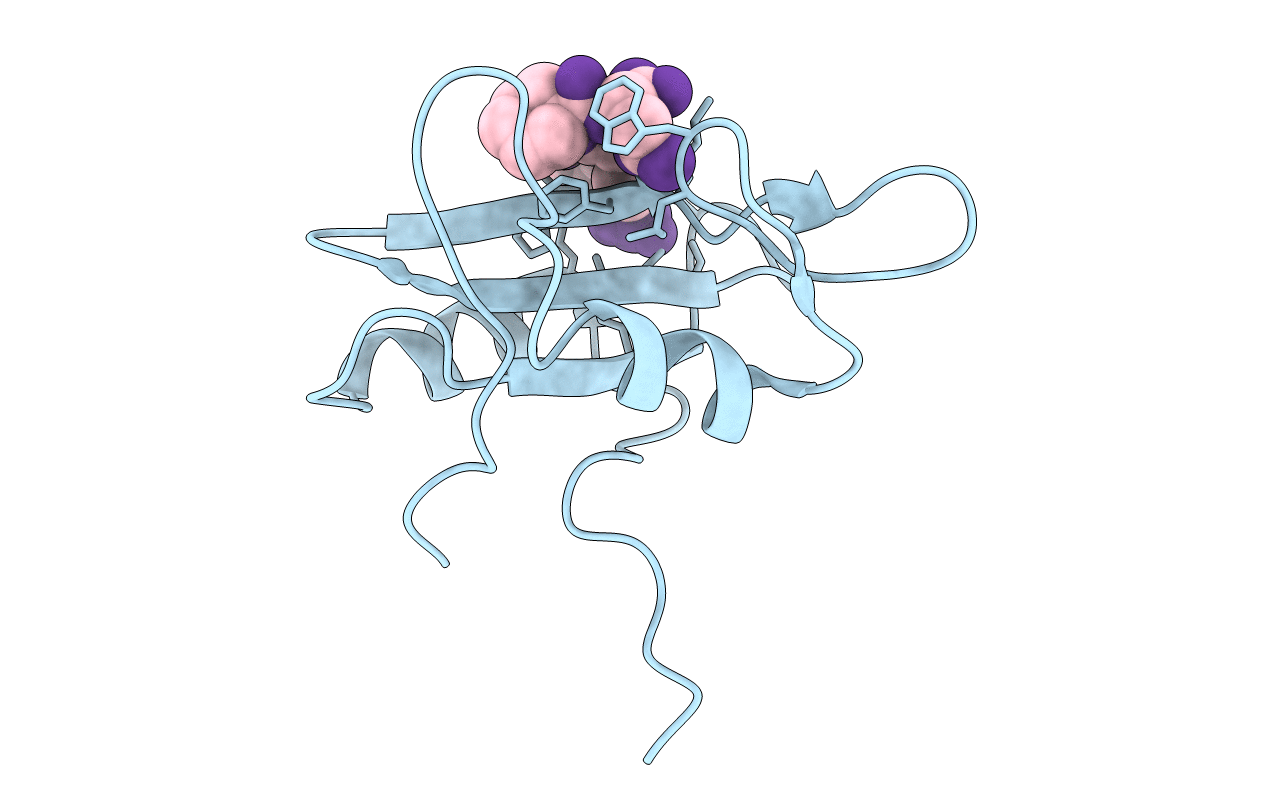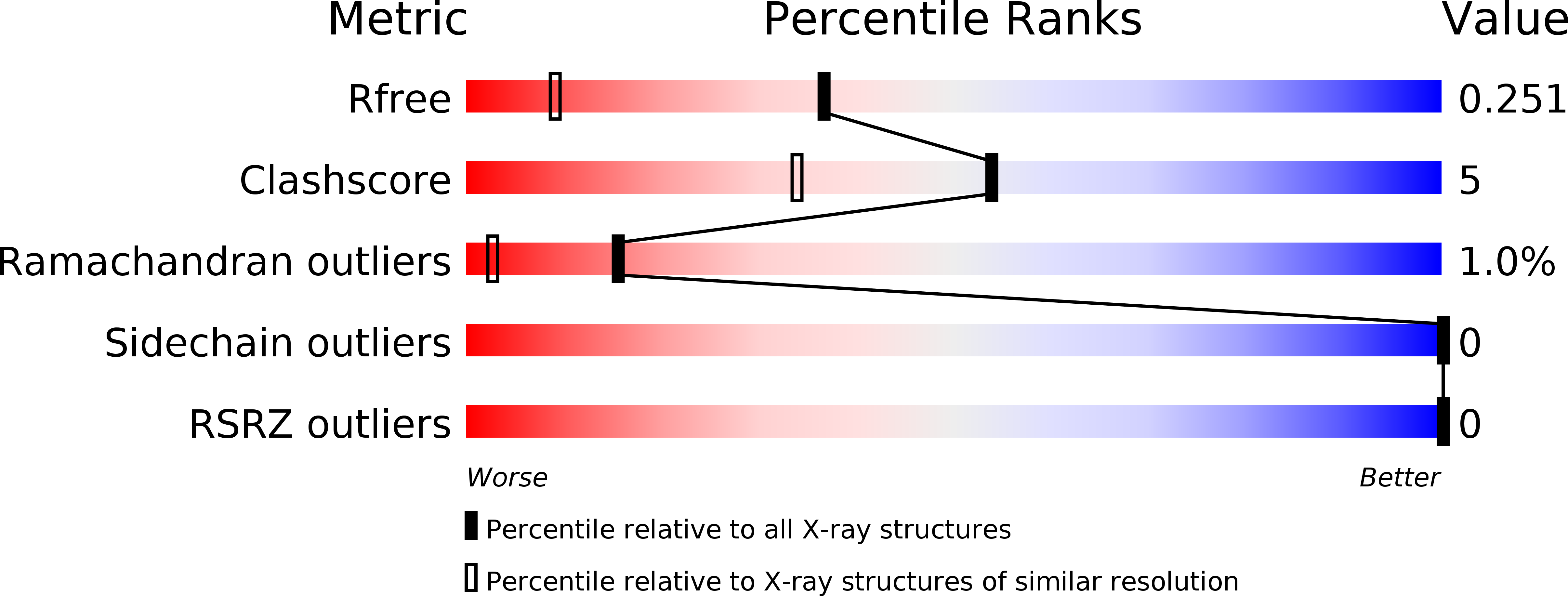
Deposition Date
2014-04-06
Release Date
2014-06-18
Last Version Date
2024-11-13
Entry Detail
PDB ID:
4P9V
Keywords:
Title:
Grb2 SH2 complexed with a pTyr-Ac6cN-Asn tripeptide
Biological Source:
Source Organism:
Homo sapiens (Taxon ID: 9606)
synthetic construct (Taxon ID: 32630)
synthetic construct (Taxon ID: 32630)
Host Organism:
Method Details:
Experimental Method:
Resolution:
1.64 Å
R-Value Free:
0.25
R-Value Work:
0.20
R-Value Observed:
0.20
Space Group:
P 43 21 2


